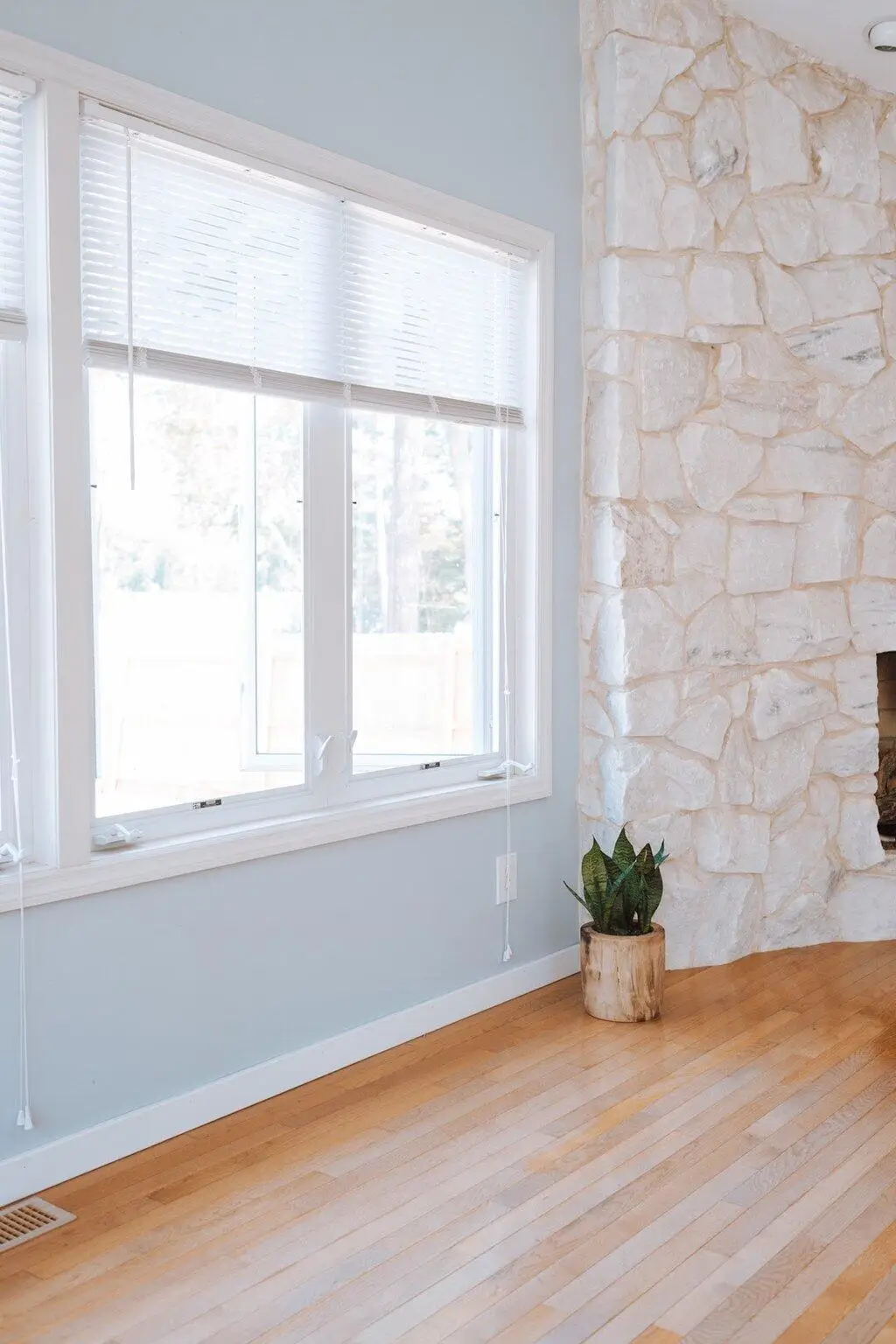According to Bankrate, 3 million households utilize the Section 8 voucher program to help afford their rent. For Long Island landlords, understanding how Section 8 evaluates rent reasonableness is key to participating in this rental assistance program.
Join us as we look into how Section 8 assesses rent prices, the HUD guidelines it uses, and what landlords need to consider when setting fair rates for low-income housing.
Overview of the Section 8 Program
Section 8 is a rental assistance program designed to help low-income families access safe and affordable housing. Administered by local housing authorities and funded by the U.S. Department of Housing and Urban Development (HUD), the program uses housing vouchers to subsidize a portion of a tenant's rent.
For landlords, this means participating tenants will have consistent financial support, with the voucher covering the approved amount.
The program provides housing assistance to families who might otherwise struggle to afford rent. Local agencies administer the vouchers and oversee compliance with HUD guidelines. Landlords receive reliable rent payments for eligible properties
The program aims to bridge the gap between market rates and what low-income families can afford, creating opportunities for both landlords and tenants.
How Section 8 Determines Rent Reasonableness
Section 8 uses a detailed process to decide if a landlord's rent is reasonable. The goal is to ensure tenants are paying fair rates that align with the local market while preventing landlords from charging above-market prices.
First there's local market comparisons. The rent is compared to similar properties in the area, considering size, location, and amenities.
There's also the component of property condition and features. Well-maintained homes with added benefits, like updated appliances or included utilities, are considered more valuable.
Plus, HUD provides standards to ensure rents are both fair and affordable for low-income families.
Housing authorities review these factors to protect both tenants and landlords. The process ensures the rent aligns with market standards, while housing vouchers make the arrangement affordable for tenants.
Landlord Considerations for Setting Rent on Long Island
Setting rent on Long Island requires balancing market trends with the guidelines of the Section 8 program. The area's housing market is diverse, with rent prices varying based on location, property size, and features. Landlords must consider several factors when determining rates to attract tenants with housing vouchers while complying with HUD standards.
Rent prices in Long Island can range significantly depending on the neighborhood. Landlords should research comparable properties in their area to set competitive rates.
Section 8 requires rents to be reasonable compared to similar properties in the area. It protects tenants from overpaying while ensuring landlords receive fair compensation.
Section 8 tenants must meet specific income limits to qualify for housing vouchers. Understanding this can help landlords cater their offerings to the program's participants.
By addressing these considerations, landlords can effectively price their properties to meet Section 8 requirements while remaining competitive in the Long Island rental market.
Long Island Section 8 Help
Understanding how Section 8 determines rent reasonableness helps landlords set competitive rates while supporting low-income housing.
At PMI Lighthouse, we provide expert residential property management services in Suffolk County, Long Island. We ensure full-service solutions, including tenant screening, rent collection, maintenance coordination, and financial reporting, all with advanced technology to maximize your revenue.
Get in touch today to find out how we can help your Section 8 management.


